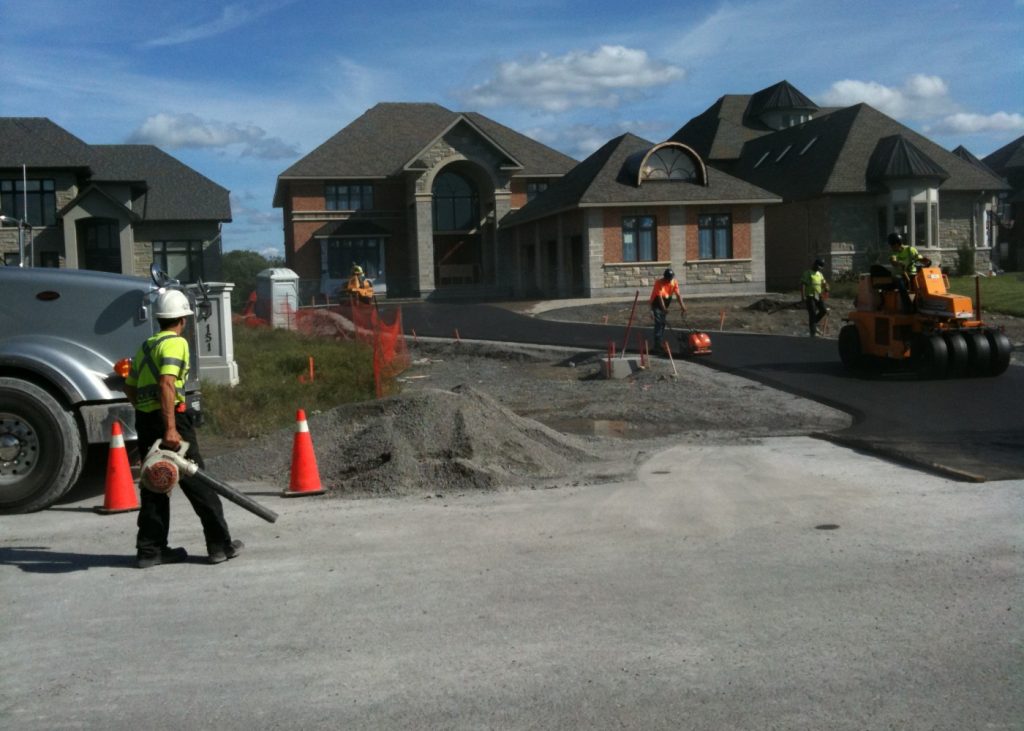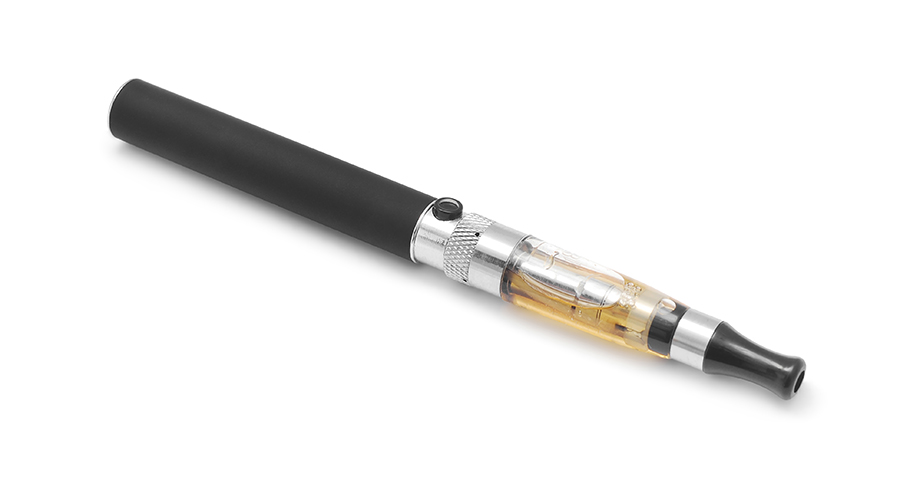Paving cracks are a common issue faced by property owners in Ottawa. Whether it’s a driveway, walkway, or parking lot, cracks can undermine the structural integrity of your pavement and impact its visual appeal. If you notice cracks in your paving, it’s important to address them promptly to avoid further damage and costly repairs. Here’s a guide on what to do if you spot cracks in your ottawa paving.
1. Assess the Severity of the Cracks
The first step is to evaluate the severity of the cracks. Small, hairline cracks are often less serious and can be managed with minor repairs. However, larger cracks, especially those that are wide or deep, may indicate underlying issues such as poor drainage, soil movement, or structural problems. Understanding the severity will help you determine the appropriate course of action.
2. Identify the Cause
Cracks can arise from various factors including weather conditions, ground movement, or improper installation. In Ottawa, where temperatures fluctuate significantly, freeze-thaw cycles can cause the ground to expand and contract, leading to cracks. Additionally, heavy traffic and poor drainage can contribute to paving damage. Identifying the cause is crucial for preventing future issues at ottawa paving.

3. Clean the Cracks
Before you begin any repair work, clean the cracks thoroughly. Remove any debris, dirt, or loose material using a wire brush or a vacuum. For deeper cracks, use a pressure washer to ensure the area is completely clean. This step is important for ensuring that the repair material adheres properly to the existing surface.
4. Repair Small Cracks
For minor cracks, use a crack filler or patching compound. These products are available at hardware stores and are easy to apply. Follow the manufacturer’s instructions for application. Typically, you’ll need to fill the crack, smooth it out with a trowel or putty knife, and allow it to cure. Ensure the filler is compatible with the type of paving you have.
5. Address Larger Cracks
Larger cracks may require more extensive repair. You might need to use a cold patch or hot asphalt mix for these types of cracks. In some cases, it may be necessary to remove and replace the damaged sections of paving. If you’re unsure about the best approach, it might be wise to consult a professional paving contractor.
6. Prevent Future Cracking
To avoid future cracking, maintain proper drainage around your paved surfaces. Ensure that water flows away from the paving and does not pool. Regularly inspect your paving for signs of damage and address any issues promptly. Additionally, consider sealing your paving to protect it from moisture and other environmental factors.

























